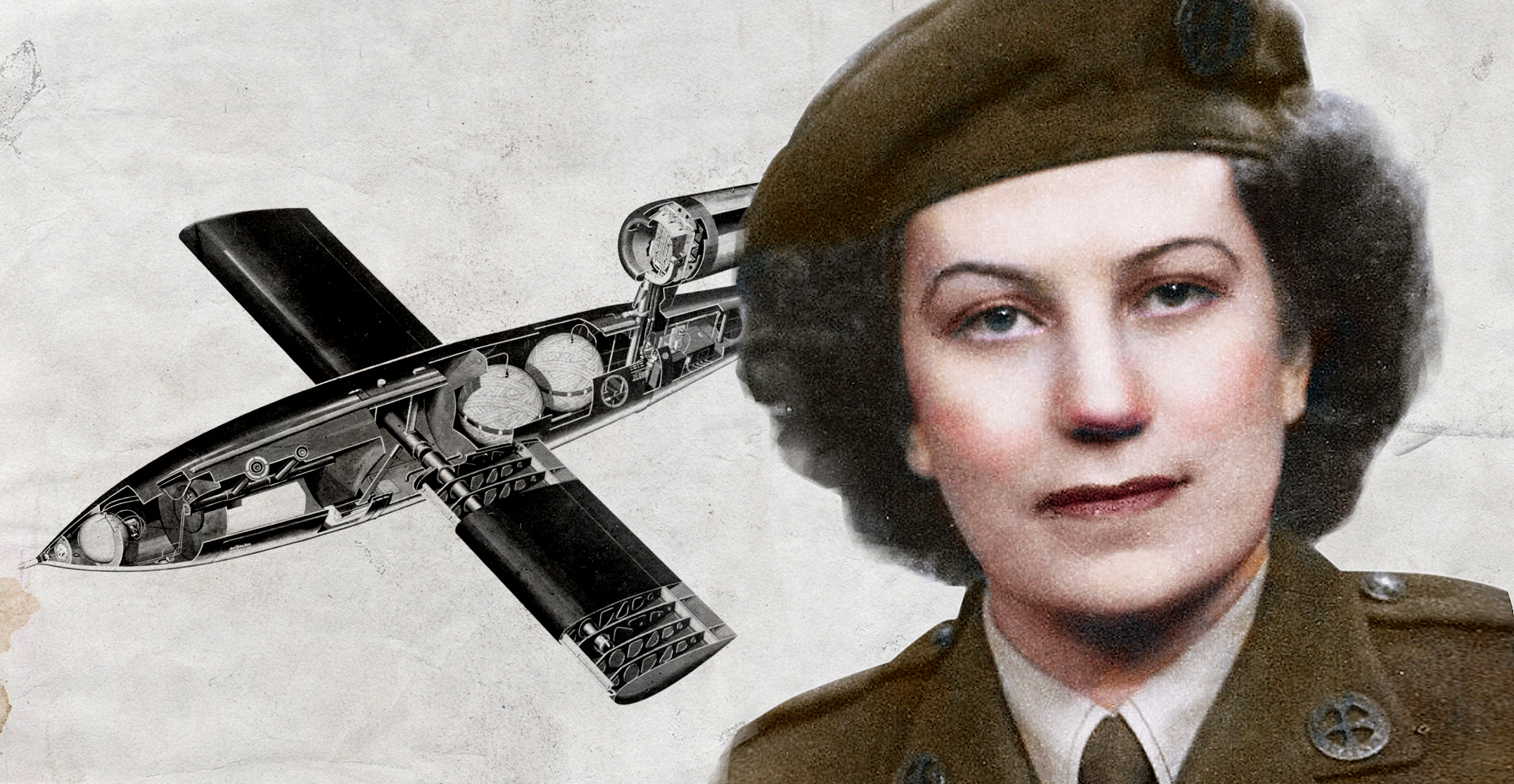On September 2, 2010, an 89-year-old woman’s body was discovered in a modest apartment in the British town of Torquay, Devon. She appeared to have died several days before. Neighbors claimed she had been a recluse who loved cats.
As the police examined her possessions to ascertain her next of kin, however, they discovered something incredible. As a result, she ended up with a far more elaborate funeral than she probably would have imagined, but it was certainly one she deserved.
Eileen Mary “Didi” Nearne was born on March 16, 1921, in London, England, the youngest of four children. In 1923, the family moved to France.
They were still living there in 1940 when Nazi Germany invaded. Her parents and brothers decided to remain in France while sending Eileen and her sister Jacqueline back to England.
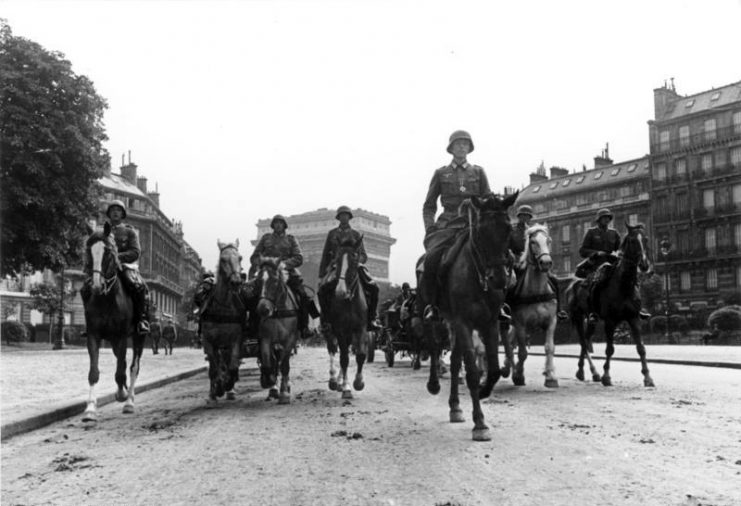
The journey was not easy. The young women had to travel through neutral Spain, then Portugal and Scotland, before finally reaching London in 1942. There they were offered jobs with the Women’s Auxiliary Air Force, but Eileen turned the offer down.
Because she was fluent in French, British intelligence offered her a job with the Special Operations Executive (SOE). Initially, Eileen stayed in Great Britain, working as a signals operator who handled messages from undercover agents abroad.

Eileen did not know that Jacqueline and one of her brothers, Francis, had also been recruited by the SOE. Both were sent to Nazi-occupied France, but Francis was soon returned to Great Britain.
Jacqueline fared better as a SOE agent. For 14 months, she acted as a courier, moving cash, weapons, and ammunition before she too was recalled to Great Britain in April 1944.
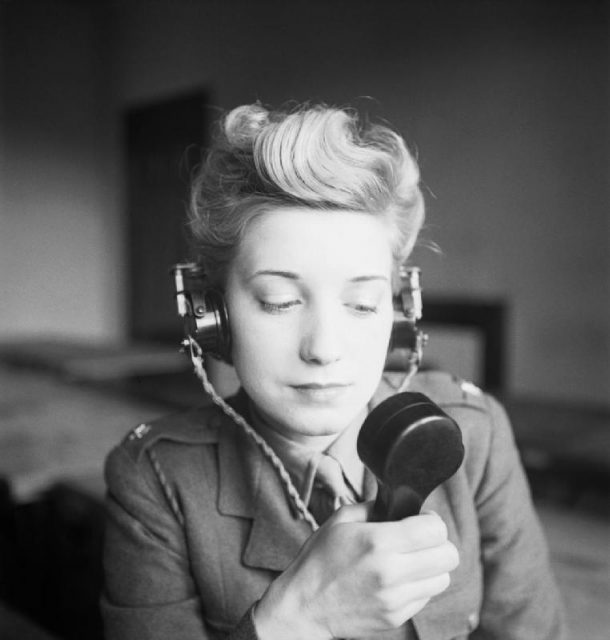
In March 1944, Eileen’s time had arrived to go to France and work in the field. On March 2, she was flown to Les Lagnys, Saint-Valentine in Indre, France.
Although SOE’s primary function in Europe was sabotage operations, Eileen was detailed to work as a wireless operator for the Wizard Network.
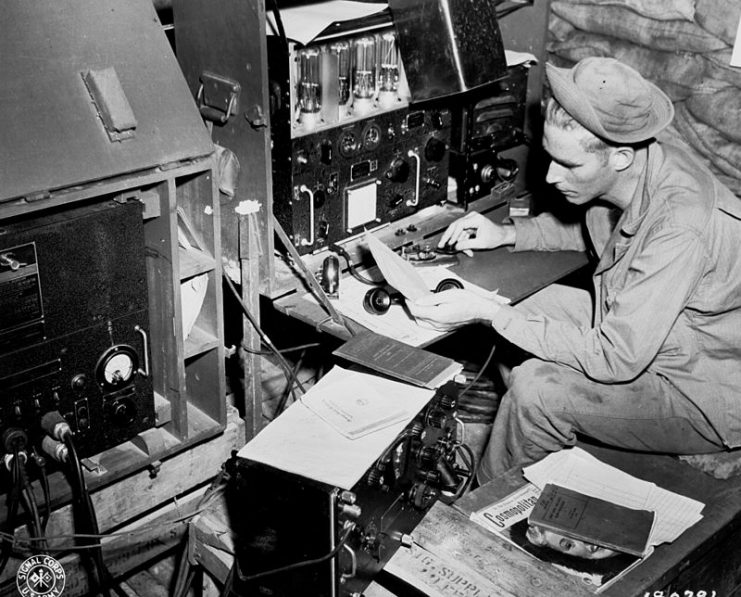
Wizard was the brainchild of Jean Millet, also known as Jean Savy. He was a commander in the French army who also worked for the SOE. As D-Day approached, he utilized Wizard to create safe houses for Allied troops and to help finance local resistance movements.
The Frenchmen that Eileen met upon arrival thought she was too young for such dangerous work, but she refused to be sent home. She assumed the aliases Mademoiselle du Tort and Jacqueline Duterte, and set to work in Paris. Her code name was simply “Rose” and her main mission was raising money and keeping open a wireless link to London.
In April, Savy’s network discovered that the Germans were preparing to launch a powerful new weapon against Great Britain: V1 rockets. Savy departed for England to relay this crucial piece of intelligence personally, leaving Eileen behind to continue the wireless work.
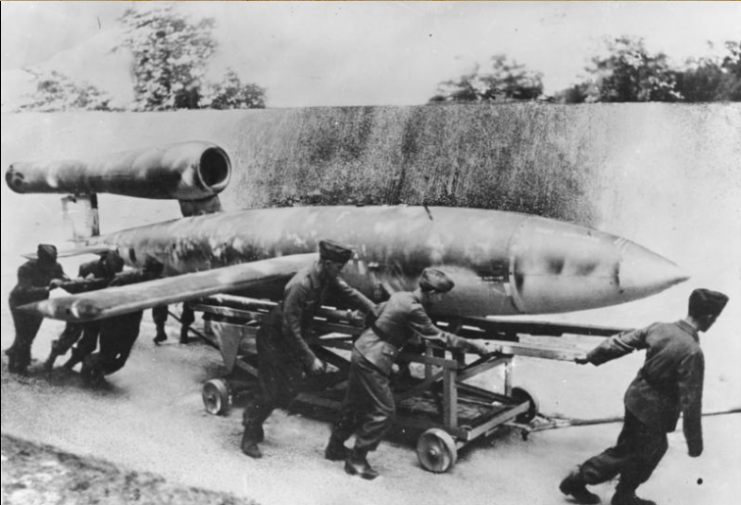
For five months she transmitted messages, but her work became increasingly difficult. The Germans were getting better at detecting radio transmissions, and agents were getting caught.
To stay ahead, Eileen regularly changed addresses, always moving after sending a message to London. She was nearly caught on a train when a flirtatious German soldier offered to carry her bag—the very one which contained her transmitter.
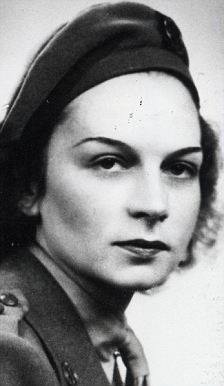
On July 21, 1944, Eileen had just sent her 105th message when she heard the wail of sirens outside. She quickly burned her notebook and hid her equipment before the Gestapo broke in. The burning papers were incriminating enough, but then they found her radio.
Eileen claimed she was French and simply sending messages for a businessman. She was taken to the Gestapo headquarters, where she was stripped naked and subjected to their notorious water torture. Despite that, she would not divulge any information.
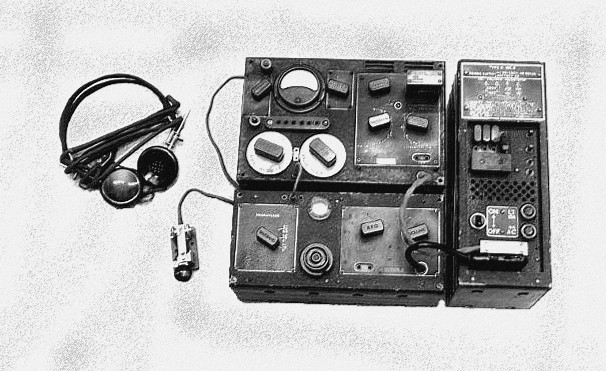
The Nazis then sent Eileen to the Ravensbruck concentration camp in Germany. They shaved her head, and also threatened to shoot her when she refused to do prison work. Over the next few months, they moved her to different labor camps and tortured her, but she never changed her story.
In April 1945, as Allied forces were drawing near the camp, the inmates were forcibly marched out. Eileen and two French women seized the opportunity to escape, and hid in the forest.
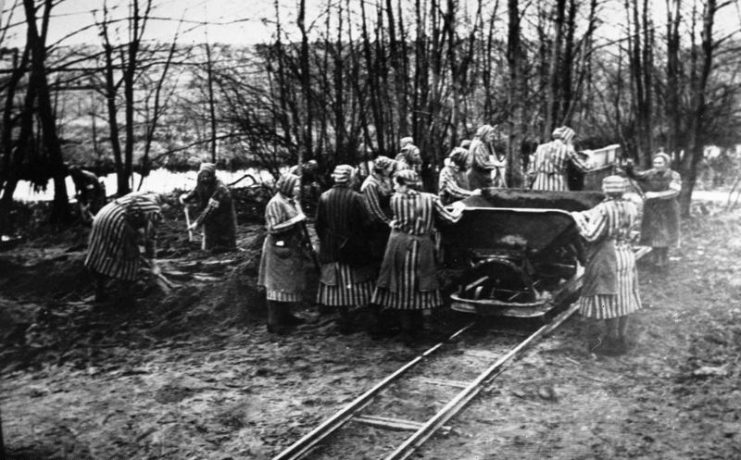
Later they were discovered by a German patrol, but were able to convince the Germans that they were local workers and were released. The women then made their way to Leipzig, where a Catholic priest hid them in a church bell tower until American troops liberated the city on April 15.
Eileen’s story sounded so incredible to the Americans that they initially thought she was unbalanced and had made the entire thing up. Fortunately for Eileen, the British confirmed her account, and she was sent home.
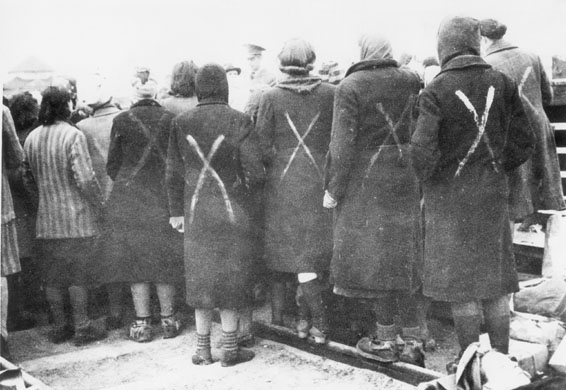
For her work, Eileen received the French military decoration Croix de Guerre. Also, King George VI made her a Member of the Order of the British Empire (MBE).
She never recovered psychologically from her torture at the hands of the Gestapo. After the war, she lived with her sister in London. She moved to the seaside town of Torquay after Jacqueline died in 1982.
Read another story from us: 8 Men Who Led Britain’s Crazy & Amazing Covert Operations of WW2
In 1997, she took part in a TV interview about her role in WWII, but spoke in French, wore a wig, and insisted on being called “Rose.”
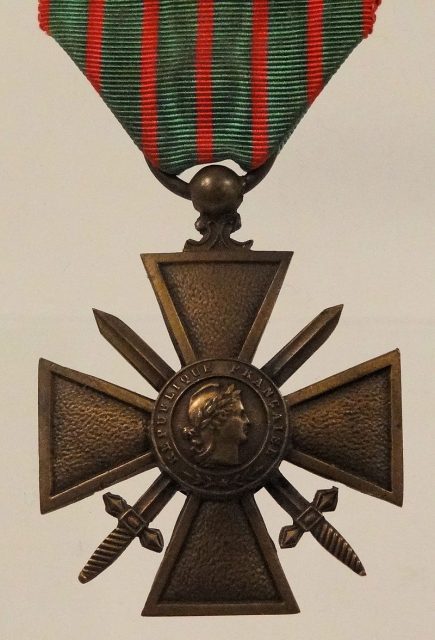
Her funeral was paid for by Torbay Funeral Services and was complete with a piper, members of the police and military, and media coverage. It was a late but well-deserved tribute for a woman who had done so much for her country.
